|
This past Wednesday while sitting in Panera with the Posse talking about, oh, whatever we were talking about, I felt a tap on my shoulder. A woman who looked to be in her early 70's was sitting at the table behind me.
"Excuse me," she said, "but I just have to tell somebody what just happened." The lady then proceeded to tell us that a few minutes ago she and her husband were standing at the counter and had just ordered their lunch when her husband realized he'd forgotten his wallet, nor had the lady brought her purse. But then a woman standing next to her stepped over and said not to worry, she'd take care of their bill. The lady was taken aback by the stranger's offer, which she and her husband declined. She was now waiting for her husband, who'd gone back home to get his wallet. "Now what do you think of that? " the lady asked us, "isn't it awfully strange that that woman wanted to pay for our lunch?" I said, "Oh, I don't think it's all that strange." I nodded towards my friend sitting next to me. "She'd do the same thing for somebody." I gestured towards the other Posse members. "So would any of these ladies. So would I. I think it's pretty normal that somebody would step up help you out of a bind like that." I told her that people liked helping other people. "But I didn't like it!" the woman replied. I started proselytizing about how we should always do for others and let others do for us, but then it hit me that I knew what the lady meant. In fact I had to admit to myself that, in truth, though under the same circumstances I'd have gladly paid for someone else's lunch, I'd have felt mortified if I'd been the one who couldn't pay for my lunch. Which got me thinking: people aren't really all that into getting the things we need or want for free. Oh, we like occasionally winning things, finding things, being gifted with things, being rewarded with things, collecting and accepting things we feel we're entitled to. And then there are outliers who like stealing things, scamming or manipulating others out of their things, grabbing whatever things they can get their hands on. There are some people who have no qualms about how they get their things. But again, those are the outliers. I believe we human beings, for the most part, like acquiring our own things on our own terms with money that we've earned ourselves. I believe that for most of us it really is better, psychologically, to give than to receive. Perhaps in a perfect world we all would be financially sufficient unto ourselves all the time. Or perhaps not even that would make for a perfect world.
2 Comments
Happy belated Veterans Day and thank you to all the men and women who've served our country as members of the military, including my parents, ...my father-in-law, ...my husband, Tom, ...my son-in-law, Justin, ...all the soldiers I worked with 40 years ago when I was a Department of the Army civilian working in the crafts shop on Graves Kaserne in Aschaffenburg, Germany, ...and especially all the young veterans among us who've returned from our most recent wars in Iraq and Afghanistan.
There was an article last week in the New York Times by John Spencer, a major in the United States Army who served in Iraq in 2003 and again in 2008. Major Spencer expressed concern that the "close personal bonds between solders" that "translate into combat effectiveness" are being undermined by social media, cellphones and computers that keep the troops connected to their friends and loved ones back home instead of to each other. Of his first tour of duty in 2003, a time before Facebook had taken off and cell phones and personal computers were practically nonexistent, Major Spencer writes, "We practically lived and often slept in our vehicles, we ate together, and we talked about everything from what we saw on our daily missions to the smells of men who don’t bathe for weeks at a time. The only real contact we had with the outside world arrived through letters and packages or an infrequent phone call home." According to Major Spencer it was all the time spent together, especially talking together, that promoted the personal bonding that formed unit cohesion, trust and team work in battle. But by his second tour in 2008 most soldiers had cellphones and the living areas were equipped with computers and 24-hour internet and so, though the soldiers still talked, they no longer talked only to each other; unit members now spent significant amounts of time communicating with friends and family and posting on Facebook. Major Spencer writes, "I saw a measured difference in non-battle time, and that difference manifested itself in combat performance...I saw the soldiers' individuality in battle. I saw them arguing about what decisions to make. I often observed much more transactional communications where there would have been friendly banter in the past." He writes of an encounter with the enemy in which an Iraqi child was killed by a grenade, after which the members of his company, instead of grouping together back at the base to talk about what had happened, sat in front of computer screens posting on about their day on Facebook. Major Spencer sees the support and sense of connection soldiers can now sustain with the outside world as problematic for building the kind of close relationship among troops necessary in battle. He says, "The more connected soldiers are to the outside world, the more individual and separated they become. And that will not help us win future wars". I won't dispute Major Spencer's observation that staying connected to home and family might create worse combat soldiers. And yet one hears of soldiers who return from combat duty feeling emotionally disconnected and disoriented, no longer able to relate to friends, family members or any one except other soldiers, those who shared their war experience . And so I wonder if staying connected with the outside world, if sharing the stress and fear and terrible moments of war with friends and family instead of only with one's fellow warriors, though it might make for worse combat troops, might not, when the war is over and the soldiers have returned home, make for better adjusted, better integrated, mentally healthier and happier veterans. Reference: "A Band of Tweeters", John Spencer, "The New York Times", page A 27, November 6, 2015 Does anybody out there recall exactly when movie theaters started showing commercials at the beginning of the movie before the previews? I mean, and this probably won't compute with the youngsters out there, but I'm guessing that for at least the first half-century of my movie-going career, which began when my mother made the perhaps ill-advised decision to take me to see my first movie when I was two years old - it was a 1952 Danny Kaye musical called "Hans Christian Anderson" which, I gather from my mother's account of my behavior during the presentation, I did not appreciate at the time; but having seen "Hans Christian Anderson" several times since that first inauspicious viewing back in 1953, now I do appreciate it. In fact, I love it. If there are any fellow classic movie-musical buffs out there who haven't yet seen "Hans Christian Anderson", do see it. It's a gem. Anyway, what I was starting to say before getting side-lined by my fondness of "Hans Christian Anderson", is that back during the era of that movie when the lights came up on the theater screen one saw first the trailers for future movies then the feature presentation, likely followed by second movie, effecting a now-obsolete event known as a double feature. (Wow, how much leisure time did people have back then?) But there were no product, TV show, video game or recruiting ads or commercials prefacing the preview trailers and so it would continue for several decades - four? five? Anybody know? - before some Madison Avenue marketing whiz must have bolted up in the middle of the night, smacked his head and cried out, "Holy smokes! Why the @#$$$$$$! aren't we sticking TV commercials in the movies?" But you know, many times as I've gone to the movies over the years, I can't remember a moment of sitting in a theater and saying, "What's this? somethng new? A TV commercial? In the movies? " But wait...what I actually mean to say is that I can't remember such a moment in a movie theater in this country. I do in fact remember seeing a commercial on a movie screen for the first time about 45 years ago in a theater in Paris back during my student days there. It was my first time in a French movie theater, not counting the little foreign film house (where I went to see an American film, High Noon*) down the block from La Maison Jeanne d'Arc, the women's hostel where I was living at the time. But my first time in a French movie theater I did a double-take when the show started off with what appeared to be a TV commercial. "You have commercials in the movies?" I whispered to my friend Marie-Paule, with whom I was sitting. "Beh, oui," ("Wull, yeah,") she replied, "don't you?" But if the concept of a movie commercial struck me as, well, foreign, the content of this movie commercial struck me as really foreign. Specifically, really French. Now, you have to remember that this was back in early 1972, before sex in American TV and cinema had become mainstream, though, of course, we were right on the cusp. But the French had beaten us to it. At least, I can vouch, in their advertising. Anyway, this, my first commercial in a movie theater, was an ad for a brand of ice cream bar. To the background of soft, sensuous music, a white model with pink hair, eye shadow, blush, lips, and nails, shown only from her bare shoulders up, lasciviously licked a pink ice cream bar then took a bite, revealing vanilla ice cream beneath, which appeared to send her into ecstasy. Then the scene cut to a black model, likewise naked from the shoulders up, with mint-green hair, make-up and nails, who did the same and responded likewise to a chocolate-coated bar with mint-green ice cream. There was a third model, but I forget which flavor she and her ice cream bar were. "Isn't that racist?" My friend whispered to me. Actually she was laughing. I was laughing, too, from surprise mostly, though, for all its suggestive naughtiness, it was a funny commercial. And one that would in no way, I knew, be shown back in the States. At least not back then. Probably not even today. But, though I agreed with my friend that there was something socially unacceptable about the commercial - at least from my American point of view - I wasn't sure it was specifically racist. At that time the word sexist was not yet in the lexicon, but if it had been, I think that would have been the correct word. Which didn't keep it from being a funny and for me, memorable, commercial. But my education on French use of movie advertising was not over with the end of the commercial. After the commercial was over the screen went dark and the lights came up in the theater. Down the aisle came concessions folks hawking boxes of the very ice cream bars that had so thrilled their matching models on the screen. I then learned of another cultural difference between the French and Americans: while Americans like popcorn with their movies, the French like (or liked at that time) to eat ice cream bars while watching their flicks. Nobody was put off by the silly, semi-raunchy ice cream bar add. Au contraire, a good many audience members bought ice cream bars from the vendors. My friend and I bought ice cream bars, though, at 20 years old and still entrenched in my 1972 American mores, I did feel a little funny eating mine. *If there's anyone out there who hasn't yet seen the original "High Noon" with Grace Kelley and Gary Cooper (not the dreadful remake), get it from the library or Netflix - I promise, it's one of the best movies ever made.
Last Friday night I saw the movie "The Intern", an unmitigated snoozer with some occasional funny moments, though not $5.20 worth, which is what I paid for my early-bird senior special ticket.
But though the movie I schlepped to the theater to see did nada for me, a pre-movie chewing gum commercial interwoven into a sweet little 2-minute story of young love set to the background music of "I Can't Help Falling In Love With You" charmed, enchanted and captivated me. If you happen to have seen "The Intern" at the Gahanna Stoneridge Movies 16 you'll know which commercial I'm talking about. In truth, maybe the real problem for me with "The Intern" was that commercial. It was just too hard and act for the movie to follow. Anyway, I found the commercial on Youtube and it turns out that it has a title: "Extra Gum: The Story Of Sarah And Juan". Warning: This commercial may contain contain mushy, gushy, ooey, gooey, heart-tuggy material which in some individuals may cause sighing, in others a gag reflex, in yet others an ambivalent emotional mix. Some people will just shrug and say "meh." Anyway, if you wish to go there, here's the link to "Extra Gum: The Story Of Sarah And Juan": https://search.yahoo.com/yhs/search?p=extra+gum+commercial+falling+in+love&ei=UTF-8&hspart=mozilla&hsimp=yhs-004 I'll admit, however, that much as I love that commercial, it's not going to induce me to buy chewing gum. Though I indulged in manys the stick in my younger days, I have no desire for it any more. The problem with gum, I've learned, is that it starts off with an exhilarating burst of flavor which fades away soon enough, then all you're doing is chewing, chewing, chewing 'til all you're getting out of it is a headache. Kind of like love sometimes. ;) As I'd been out of the country for the last two months and totally behind not only in my movie consumption - I normally go to the movies about twice a week, though this week I'll probably have to hustle in three flicks just to try and catch up - but when Tom and I decided to go last night for the first time since we've been home, I, whose job in the division of household labor it is to research the movie reviews, didn't know anything about any of the films that were out there. But after a whirlwind scan of the Columbus Dispatch "Weekender" and "Rotten Tomatoes" that yielded not a whole lot of options that looked any good, I chose "Bridge of Spies", not because it's one of the current box office blockbusters - some of the awfulest (in, of course, my lowly opinion) movies rake in billions while some really good ones never break out of the indy theaters into the AMC - but because Rotten Tomatoes gave it a 92%. Which I knew didn't guarantee that I'd like it. Oh, but I did. "Bridge of Spies" is a terrific, compelling movie that tells an amazing true story and provokes much thought on what cruel fools we mortals can be only because so few of us are clear-headed and strong enough to do the right thing. Tom Hanks, who can play a good guy like none other (probably because he's a good guy in real life - he really is) is wonderful as the unlikely hero, whose strength comes from his ability to cut through moral ambiguity and his dogged pursuance of justice and his conviction that every person matters. If there are any of you left out there who still haven't seen "Bridge of Spies", go see it, don't miss it, it's great movie. But, great as it is, "Bridge of Spies" isn't even the best film out there on Cold War East Germany. The best movie ever made about that era - in fact, one of the best movies ever made, period - is a 2006 German film called "The Lives Of Others" . This fictional political thriller is set in East Berlin in the 1980's and is about a powerful and ruthless officer in the Stasi, the much-feared East German secret police, who is given the assignment of eavesdropping on a playwright whose work has put him under suspicion by the government. I don't want to say too much else about the movie so as to spoil as little as possible, except that it's a gripping, edge-of-your seat, ultimately moving and thought-provoking film, and I believe one of the best movies ever made.
In truth, I saw this film in mid-2008 and was so jolted by it that the next day I enlisted to work in the Obama campaign because it hit me that, if such a reign of fear and repression could have been inflicted on Germany, who was to say that if we let it the same couldn't happen here? According to a front-page article in the Tuesday, November 3 New York Times, two Princeton researchers, Nobel prize-winner Angus Deaton and Anne Case, have discovered that white Americans between the ages of 45 and 54 are dying at an alarmingly rising rate, not from heart disease, diabetes or cancer, but from suicide, drug-overdose and alcoholic liver disease.
And though it's the least educated among this demographic, those with a high-school degree or less, who are driving the rise in the death rate, according to the article, "In middle age (the least educated) are dying at such a high rate that they are increasing the death rate for the entire group of middle-aged white Americans." The research also found middle-aged whites who lack a college degree to be in poorer physical health. And in more pain. And in more financial distress. And in more mental distress. As Dr. Deaton explained, "Increases in mortality rates in middle-aged whites rose in parallel with their increasing report of pain, poor health and distress." And yet, according to the article, it's not clear why only poorly educated whites are suffering an epidemic of pain, distress, substance abuse and suicide; even as the death rate among this group is on the rise, the death rate for middle-aged Americans of other races and ethnic groups, such as blacks and hispanics, as well as college educated whites and all middle-aged people in other developed countries, is declining. And so the men and women who half a century ago ago were still part of the work force that ran our country's factories, industries, and services, the people who were part of the beating heart of the American economy and society, people who could buy a home, raise a family, and live a good life on a high-school educated worker's pay are, in the year 2015, an endangered population. a suffering population. A population more of more of whom have so lost any joy of living, any reason for living, that they're killing themselves slowly through drugs and alcohol and quickly through suicide. America, we have a problem. Reference "Rise In Deaths For U.S. Whites In Middle Age", Gina Kolata, The New York Times, November 3, 2015, pg. 1 Yesterday morning at 7:45 am Tom and I sat watching the rain pour down from inside a cheery, brightly-lit bar down the block from our hostel on a street off the Puerta del Sol in Madrid. We were the only customers in the bar except for a woman who sat at the bar chatting with the young woman working behind the bar. Our waiter, a friendly, attentive youngster, seemed glad to finally have something to do. We ordered tostadas with butter and jam, and lamented that once we were home there’d be no little bar to which we could walk and have our morning toasted baguettes and jam. But then we remembered good old Panera, just a few blocks from our house and probably the closest thing in our neck of Columbus to a Spanish bar (or would be if the place served toasted baguettes and alcohol along with the bagels). We were both feeling a little blue to be leaving Spain in a few hours, and though we’d been there for two months walking the Camino de Santiago then visiting Barcelona and Madrid, we were wishing we had just one more day. But then we started talking about what we were looking forward to back home: our children, our grandchildren, our family and friends, our washer and dryer, movies. As we were leaving the bar we thanked the bartender and the server, as we always do, and told them that this was our last morning in Spain and how much we liked the country and the people. The girl behind the bar laughed. “None of us is Spanish,” she said. It turned out that our young waiter was from the Dominican Republic, the bar keeper was Venezuelan and the lady sitting at the bar chatting with the staff was Armenian. We all agreed, though, that we liked Spain and the Spanish people. After we left the bar Tom and I returned to the Hostal Madrid and hoisted our backpacks onto our backs for the last time, then donned our good old Camino rain gear. We said good-bye to the young man and young woman manning the hostel reception desk and told them we were sad to be leaving. They told us they, too, were sad that we were leaving and said they hoped we’d come back again someday to the Hostal Madrid. The lobby of the Hostal Madrid. It was still raining hard when we left and, though we’d been planning to do the 20-minute walk from the hostel to the airport bus stop, as we approached the subway station at the Puerta del Sol we debated whether or not to take the subway to the bus stop instead. We decided that with our unwieldy backpacks and dripping-wet rain gear we’d be a disaster in a jam-packed Monday-morning rush-hour subway car, so we kept walking in the rain, (photo) …until we reached the Plaza de la Cybeles, …and the airport bus stop next to the Ministry of Communications, ….from the top of which was suspended this banner: Tom said, “Can you imagine that banner hanging on a government building in the U.S.?” We wondered how well that message was actually going over in Spain. We also wondered why this message was written in English. The bus stop was, not surprisingly, crowded. The Madrid airport bus is a great deal as it stops all over town and costs only 5€. The bus was packed, standing-room-only, and Tom and I were kind of a nuisance in our back packs, though there was not much we could do about it. Still, from our stop it was only a 20-minute ride to the airport. When we arrived Tom and I recalled how much friendlier the Madrid airport now seemed compared to the first time we arrived there for our first Camino two years ago. Then the place looked to us like some stark, slightly scary super-high-tech industrial complex out of a science fiction movie. Now it just looked to us like a cool airport. We spent a while fiddling with our packs, …tightening them up and wrapping some parts in tape to give them a little protection while being tossed around in baggage. And me, still tightening my boots. At the check-in desk the agent, in spite of the hordes of tense, tired, problem-prone international passengers she’d dealt with prior to dealing with us, asked us how we enjoyed our visit to Spain, how long we’d been there and where we’d visited. She seemed happy to hear that we’d done the Camino.
At the agent station next to ours stood a well-dressed, stylishly-coiffed middle-aged American man. As we were leaving the check-in desk he turned to us. “Did I hear you say you just walked the Camino? The Camino Frances?” His face lit up when we told him we had. “I walked the Camino years ago. Wasn’t it wonderful?” We agreed that it was wonderful. He put a hand over his heart. “Didn’t it make you feel like there was hope for the world?” Sigh. That we’re not so sure about. (photo). |
"Tropical Depression"
by Patti Liszkay Buy it on Amazon: https://www.amazon.com/dp/B0BTPN7NYY "Equal And Opposite Reactions"
by Patti Liszkay Buy it on Amazon: http://amzn.to/2xvcgRa or from The Book Loft of German Village, Columbus, Ohio Or check it out at the Columbus Metropolitan Library
Archives
April 2024
I am a traveler just visiting this planet and reporting various and sundry observations,
hopefully of interest to my fellow travelers. Categories |

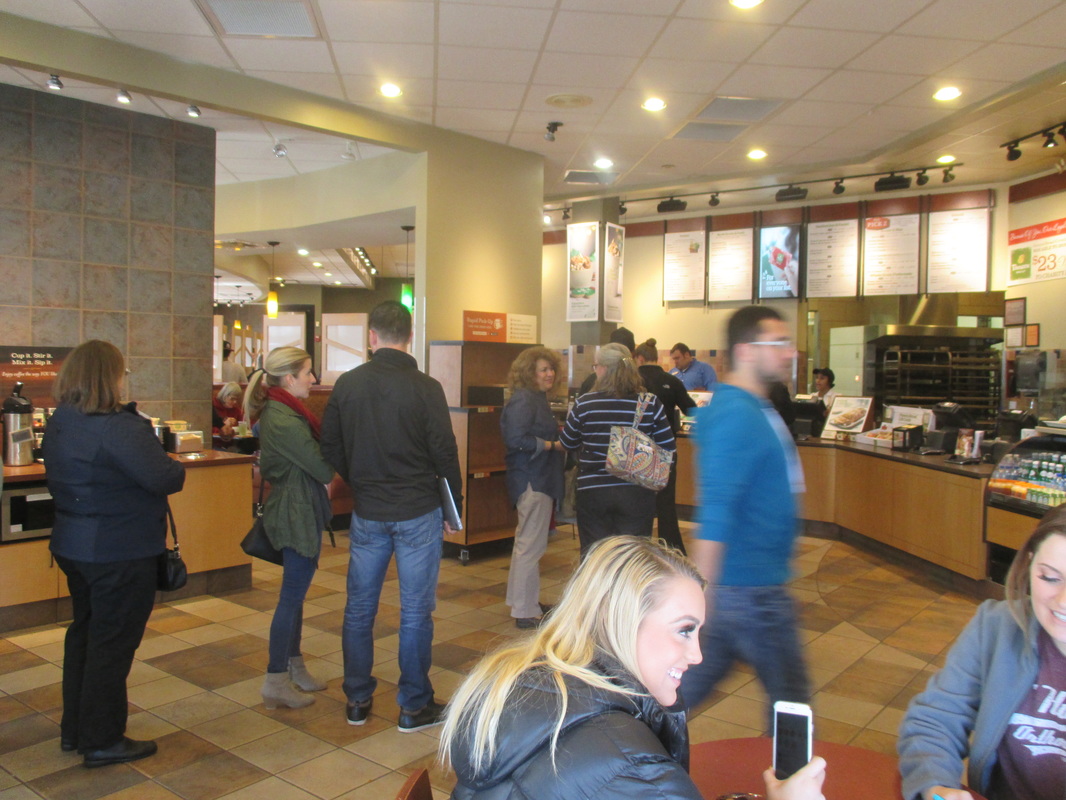
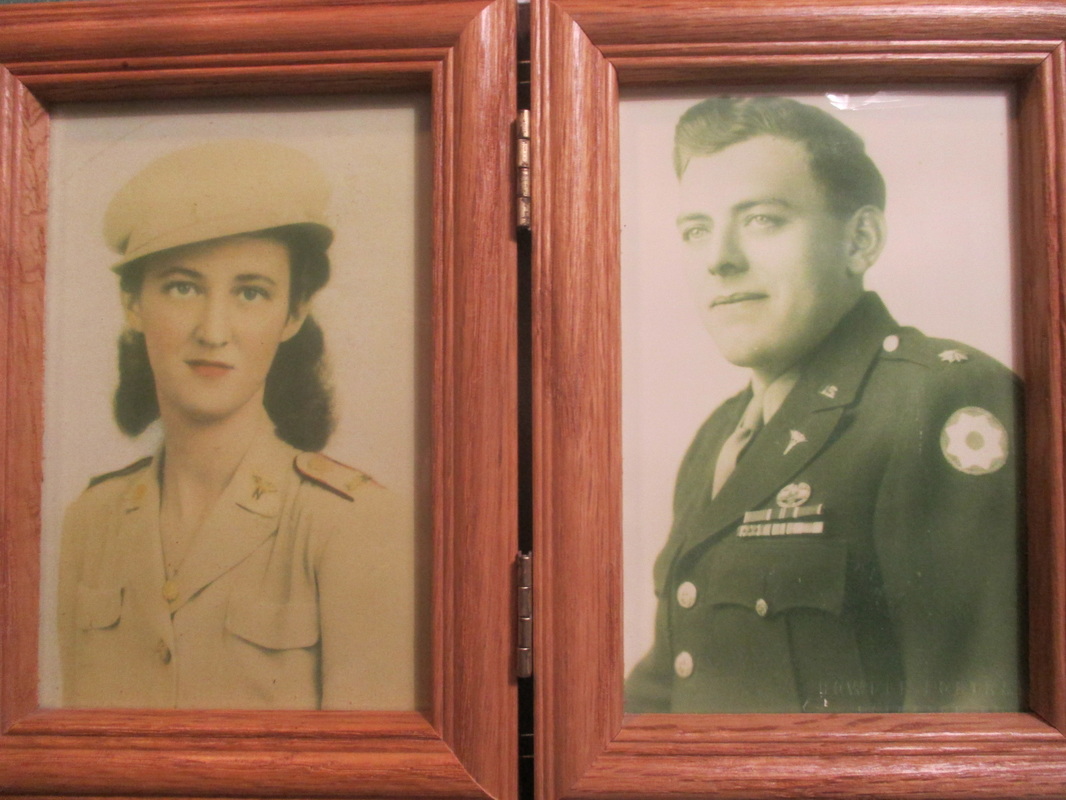
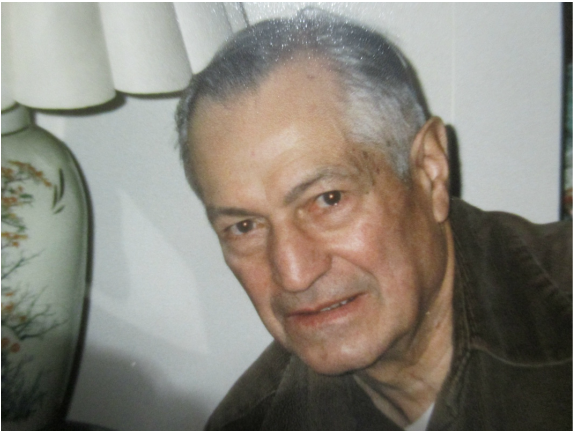
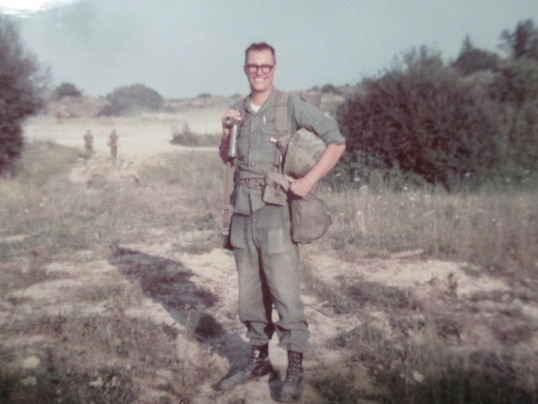

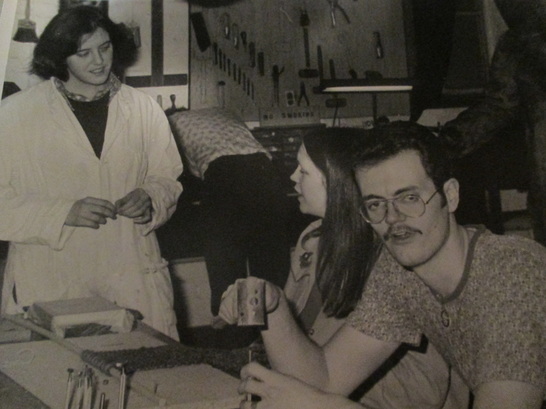
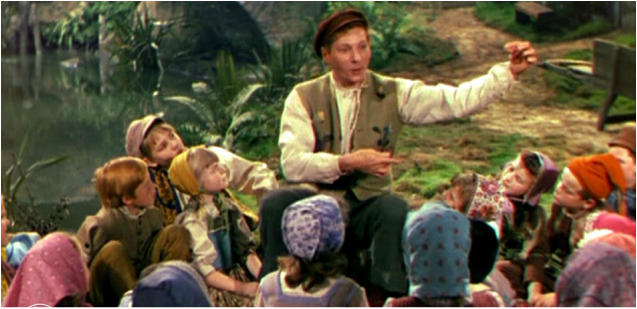
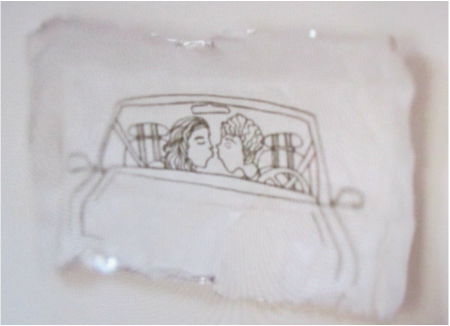
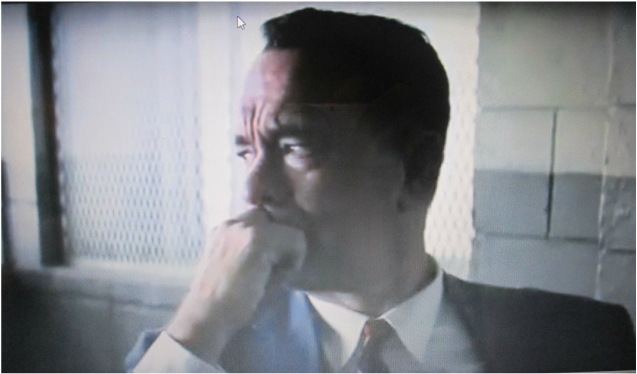
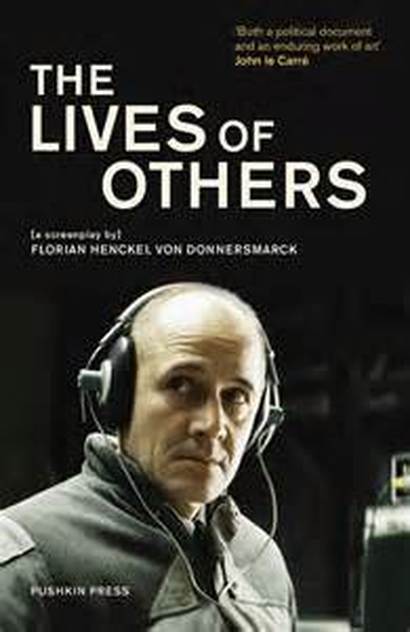
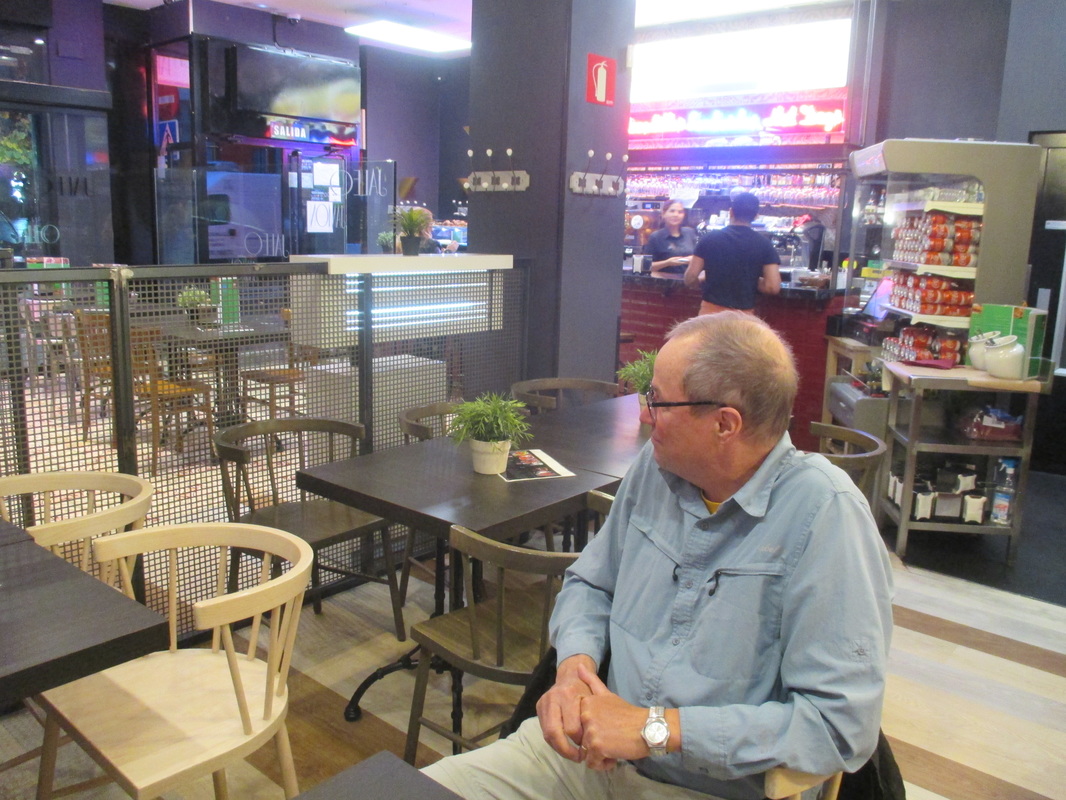
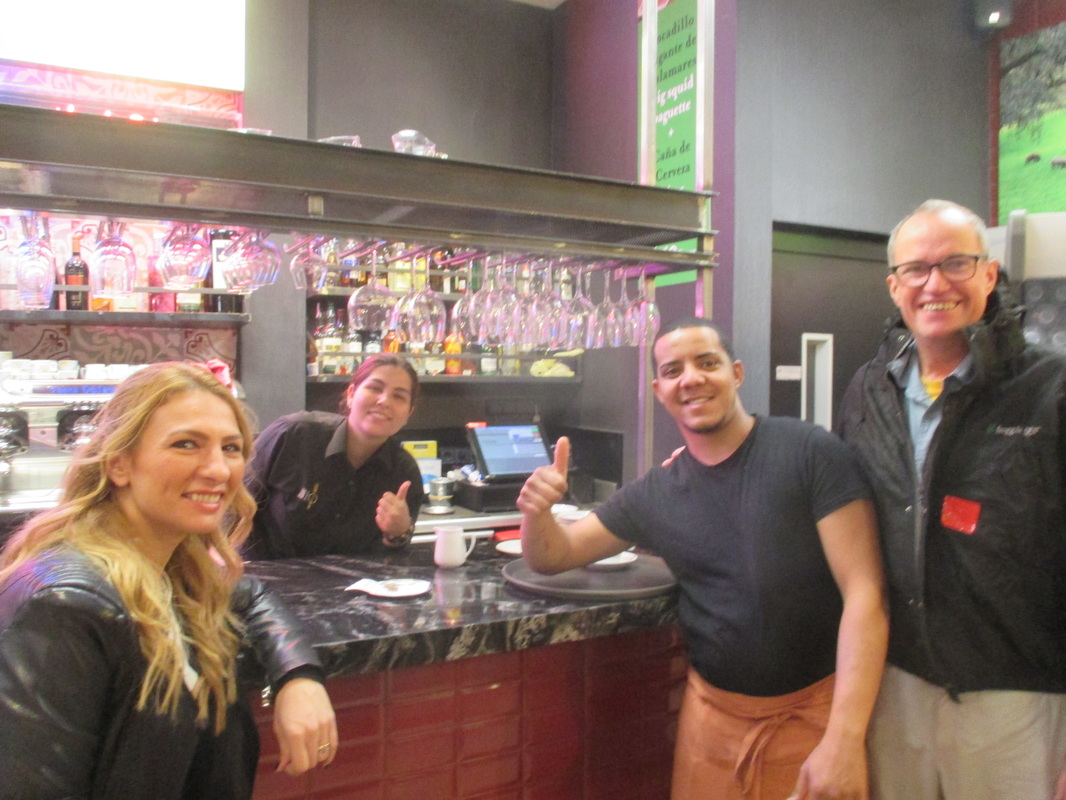
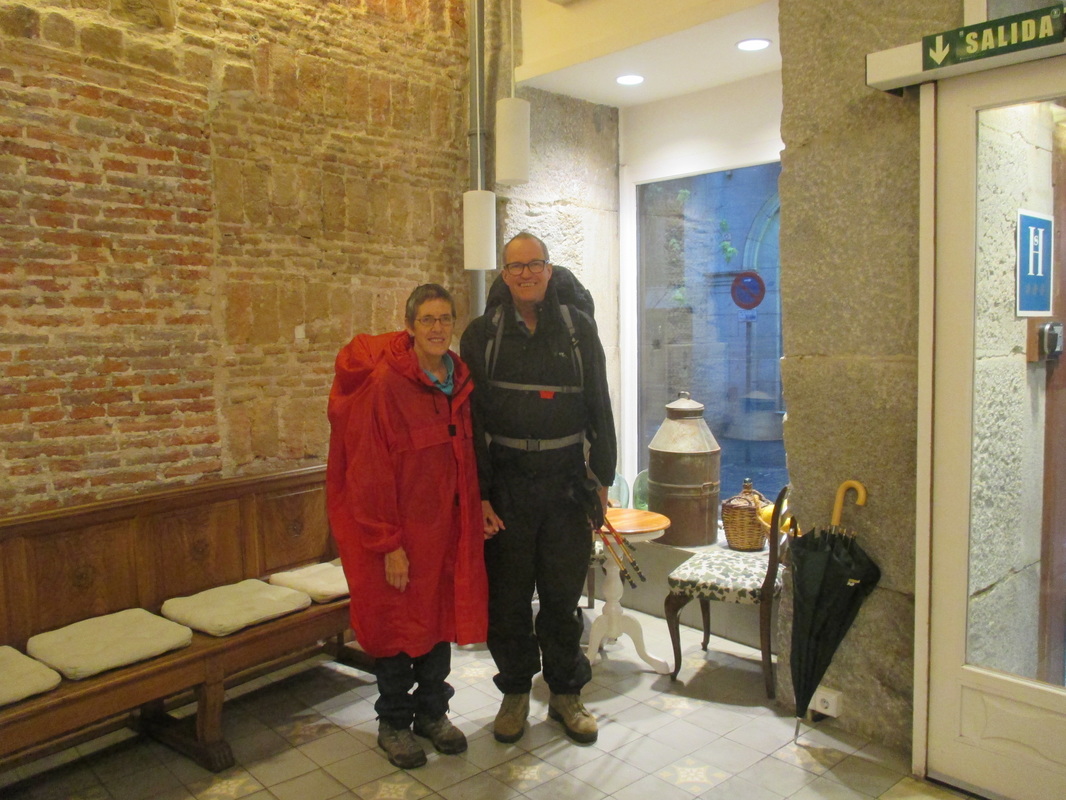
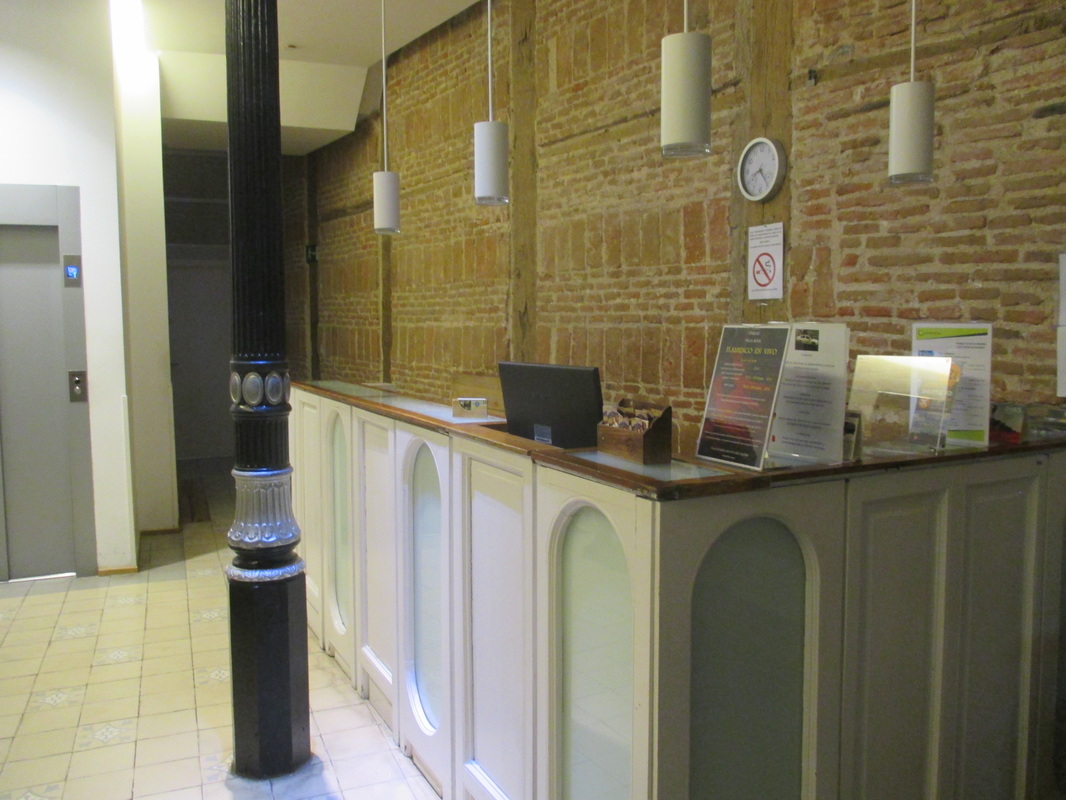
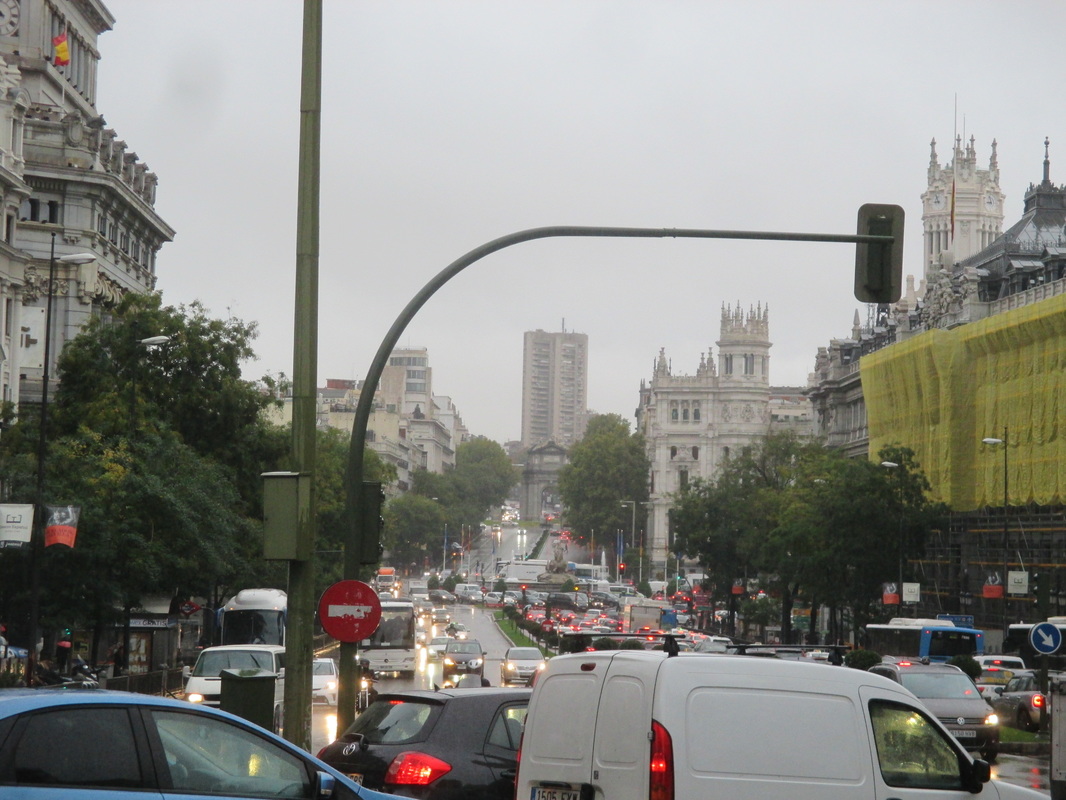
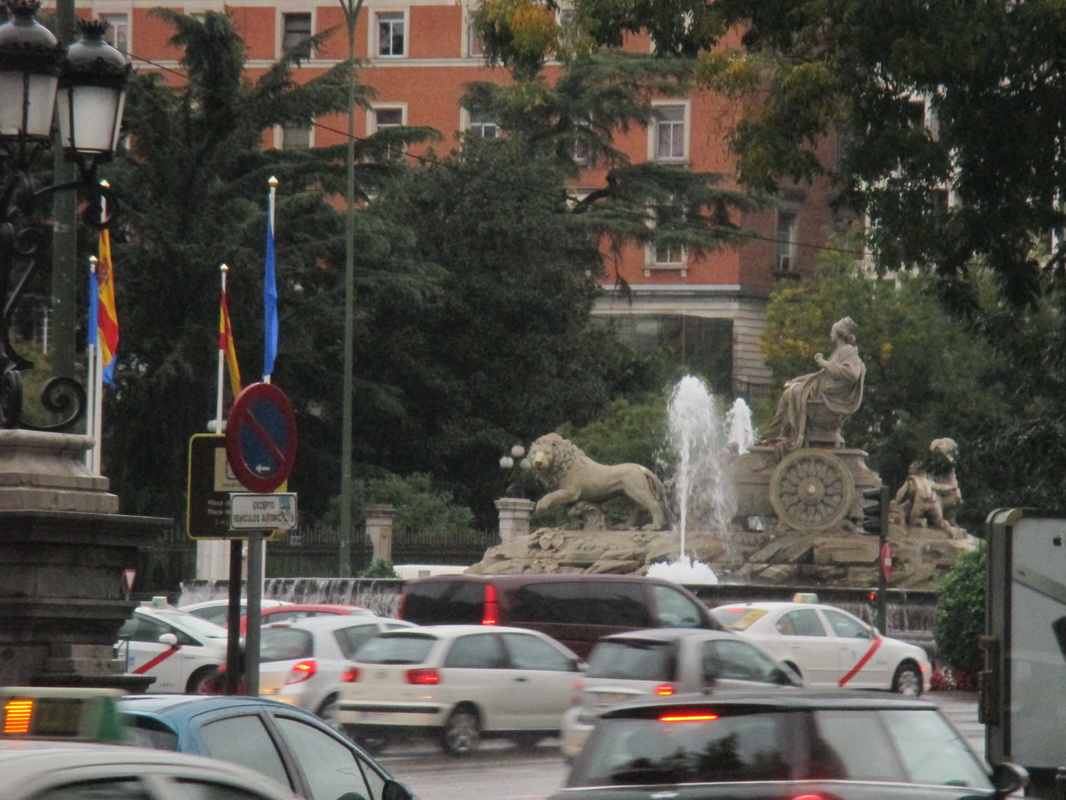
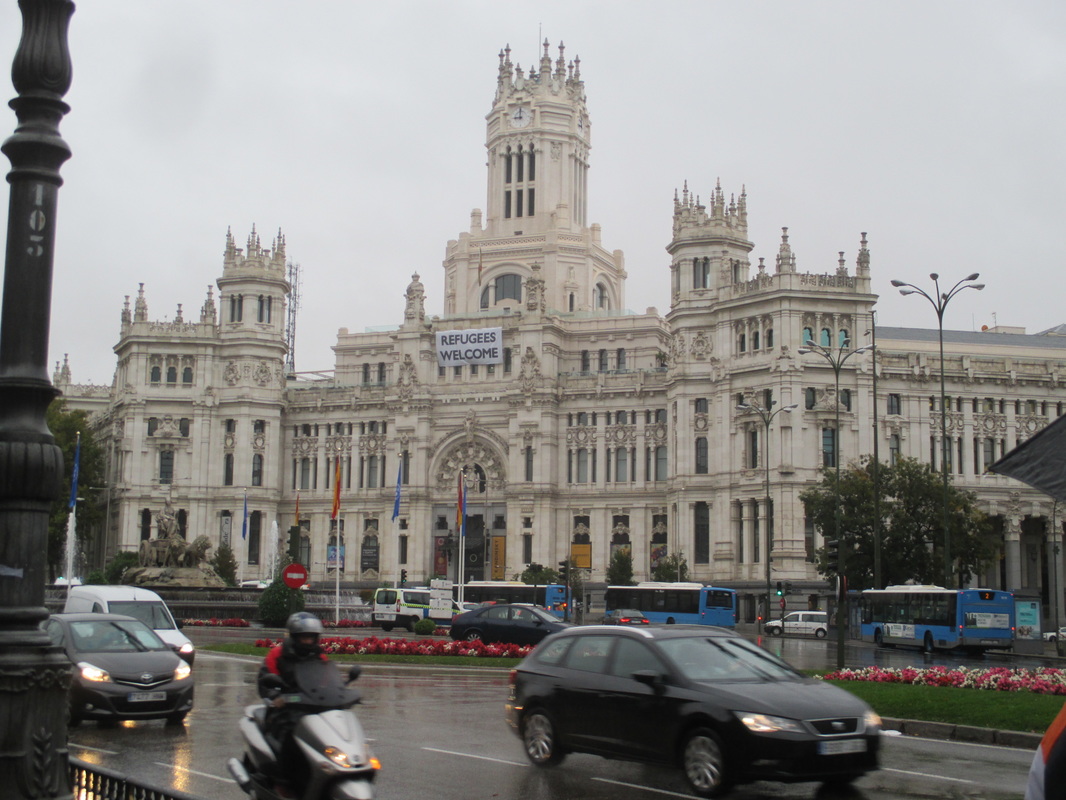
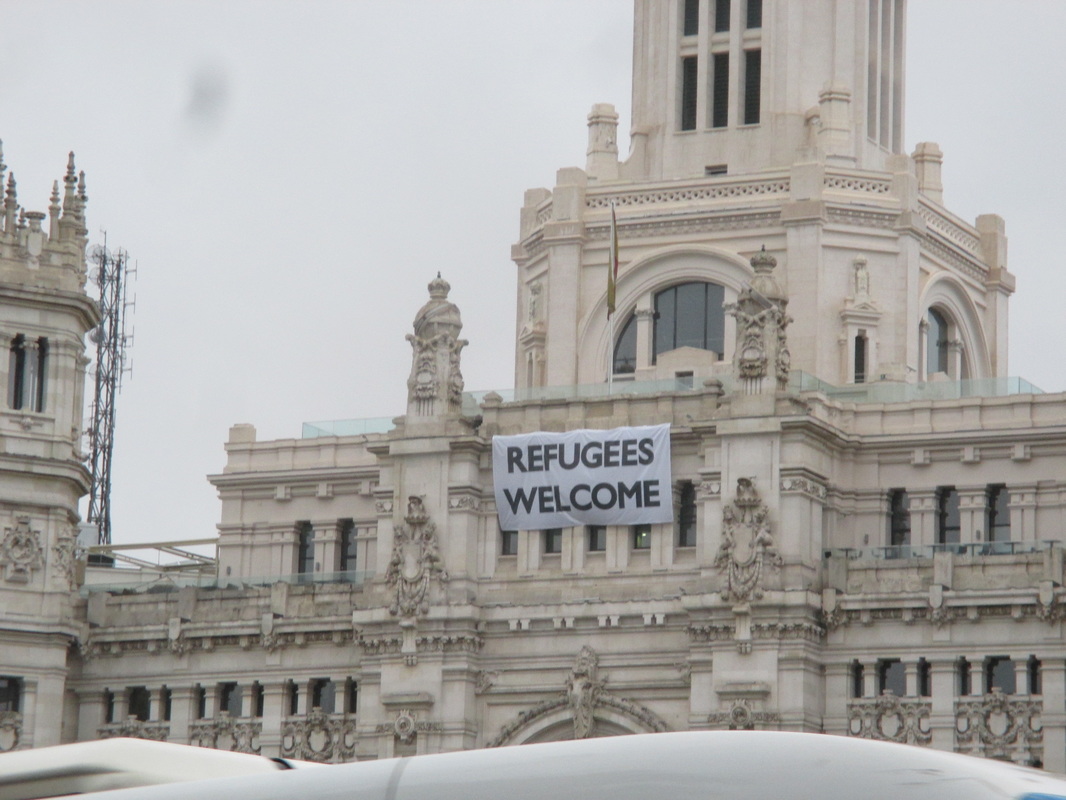
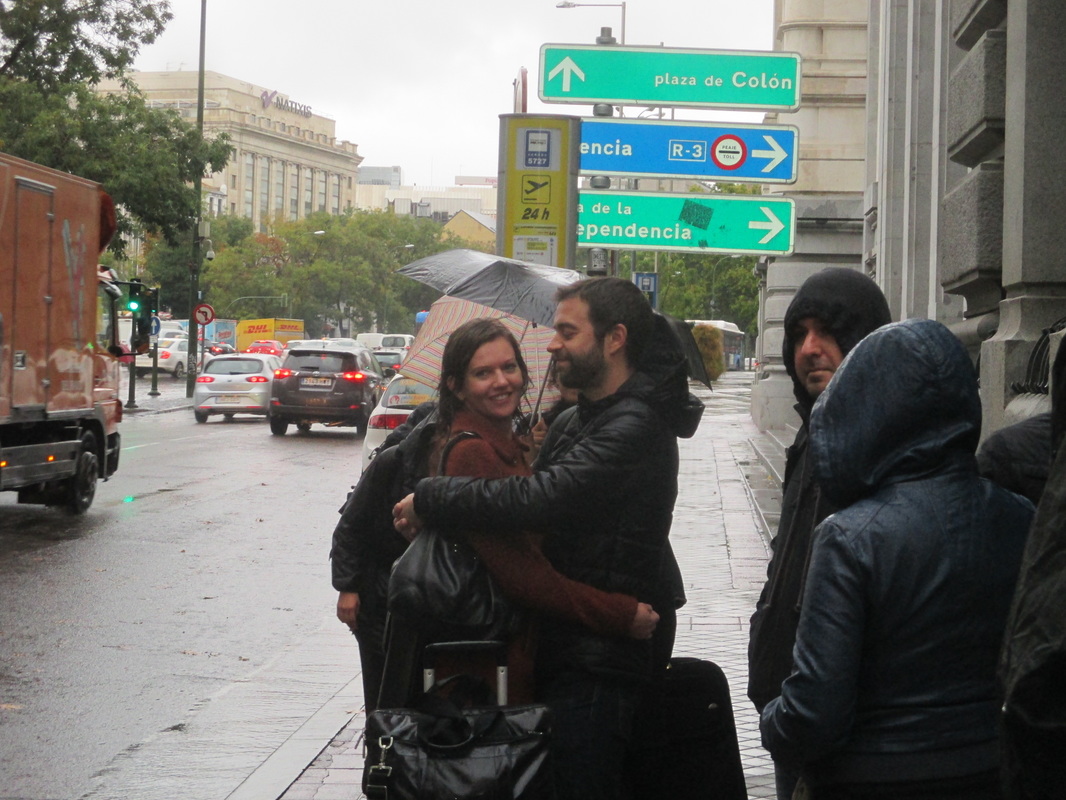
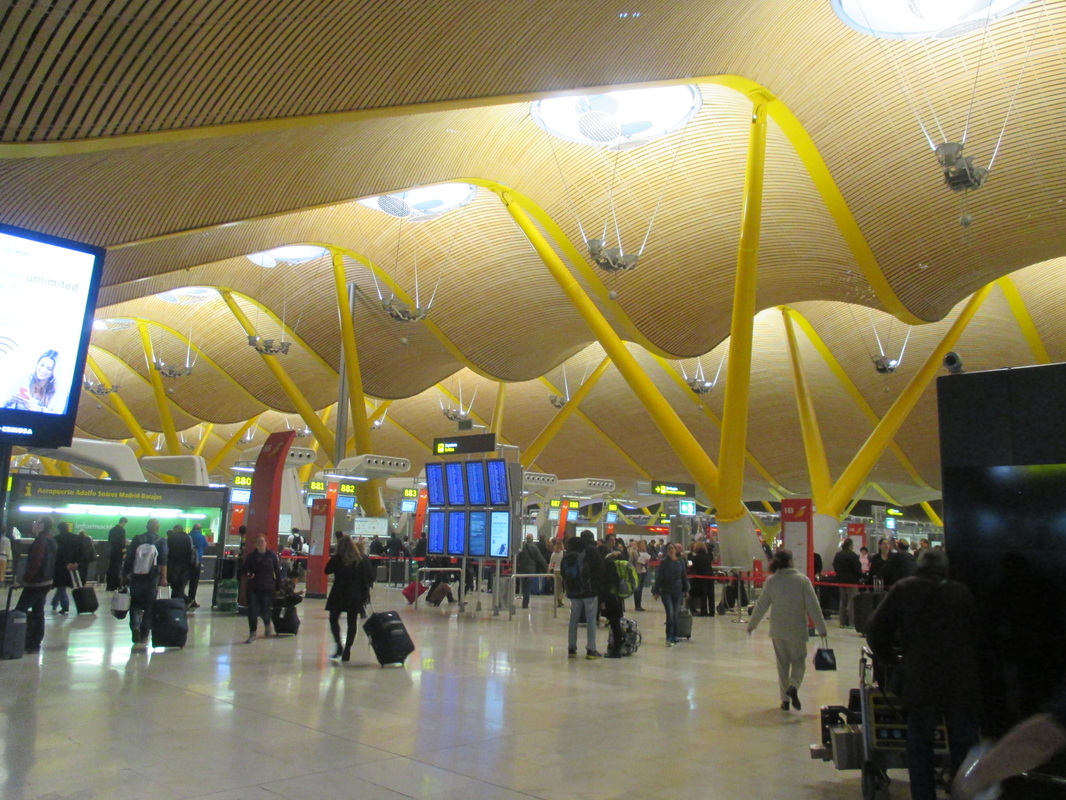
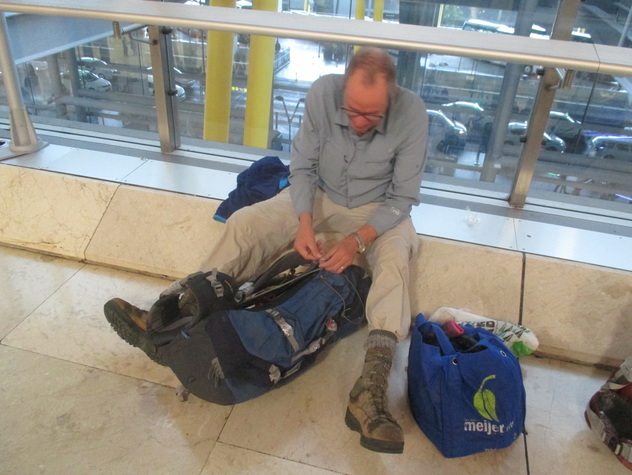
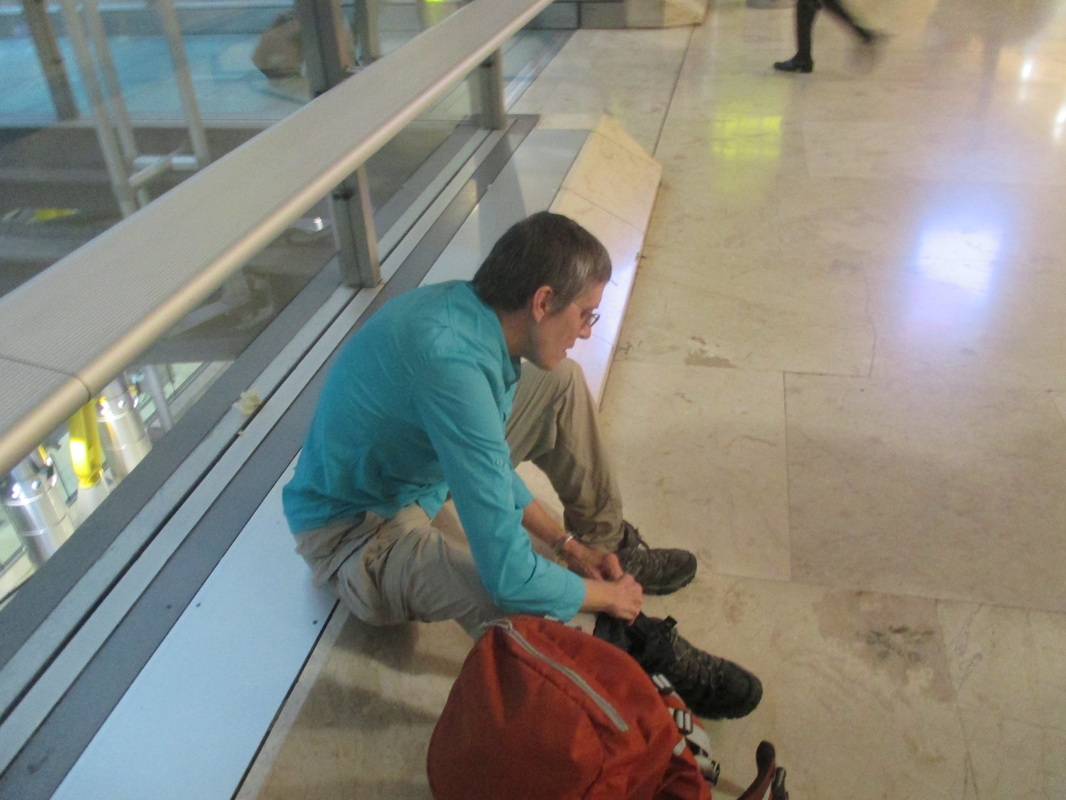
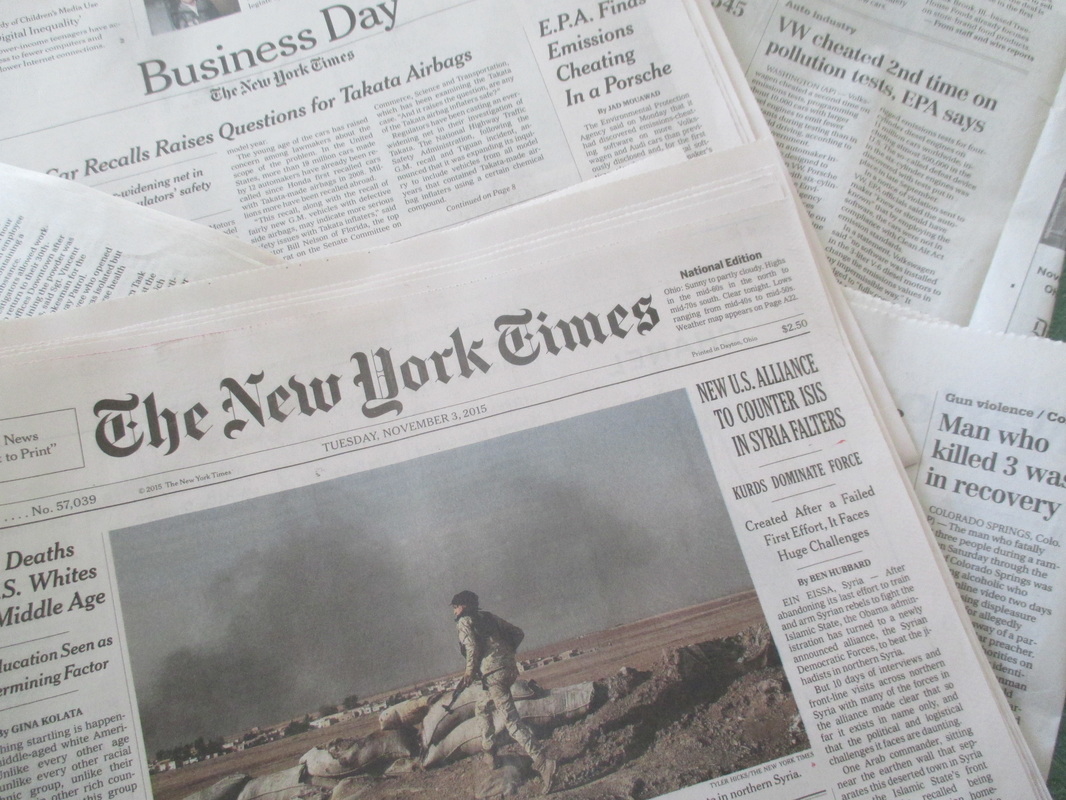
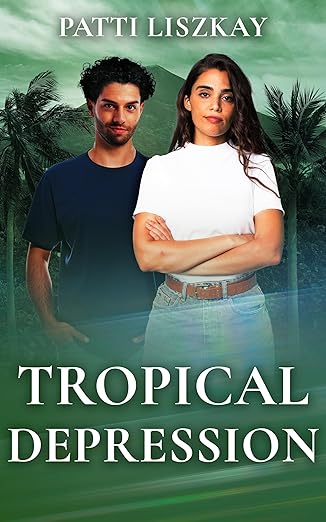

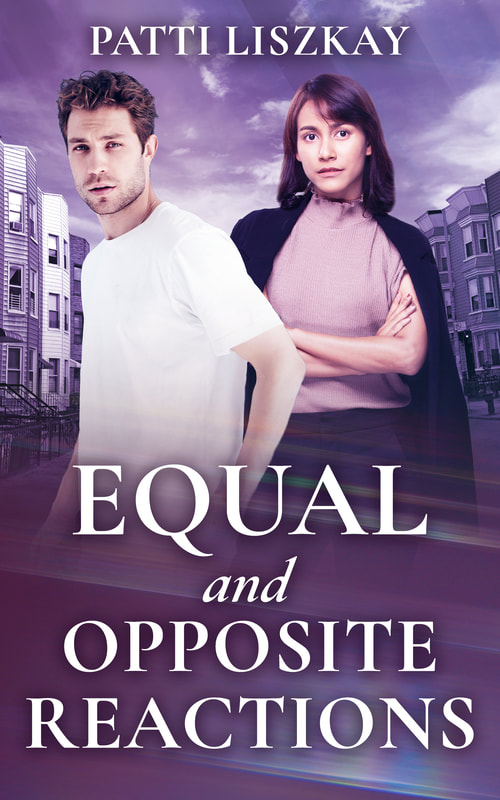
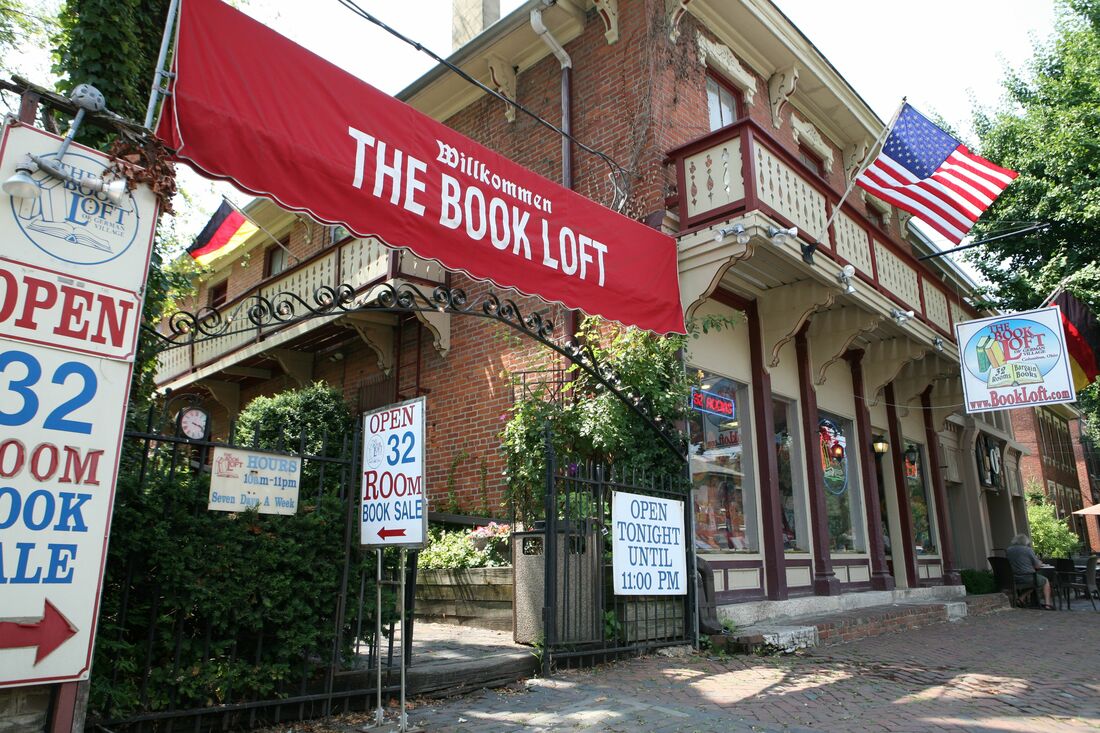

 RSS Feed
RSS Feed